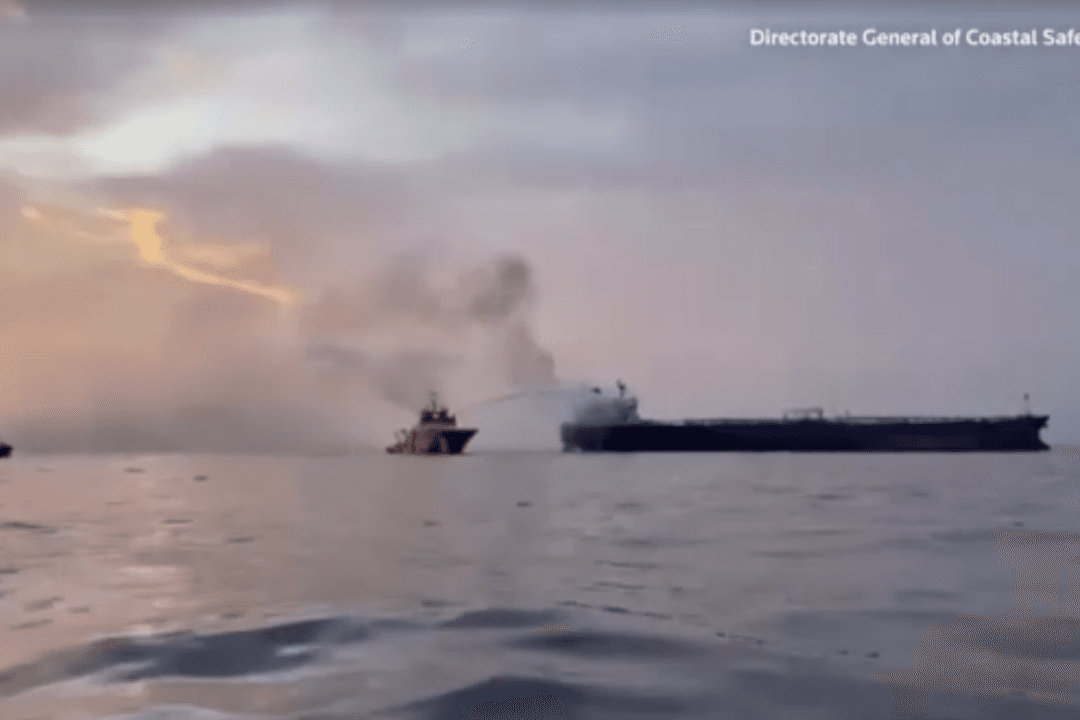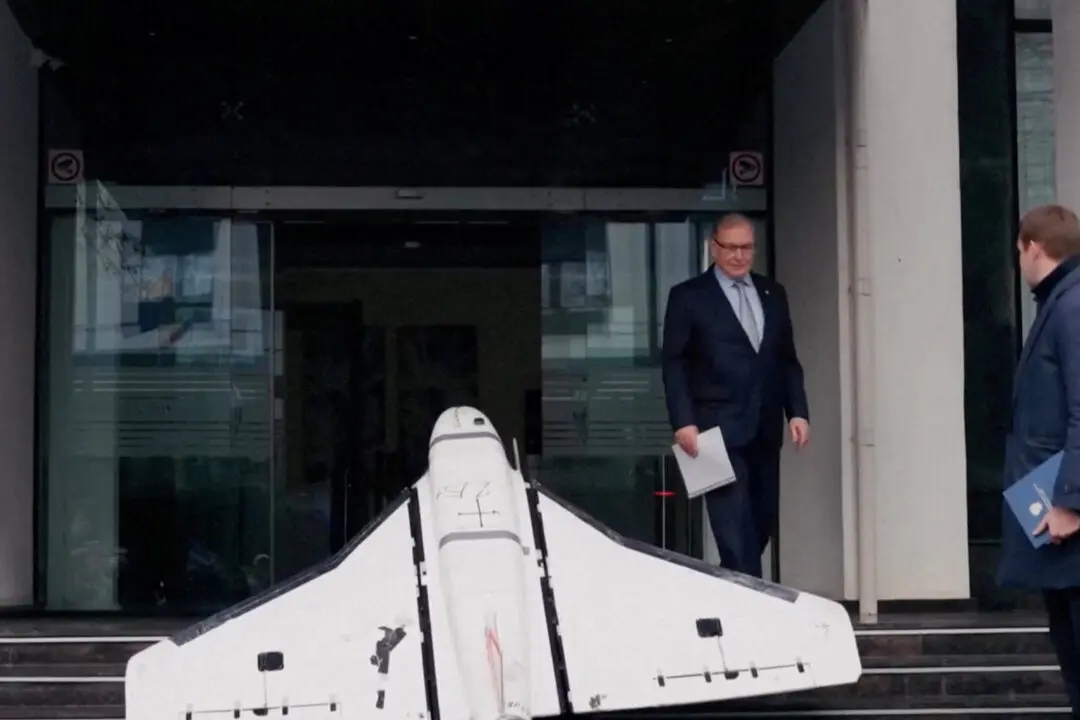OSLO—Europe needs to act now to avoid a natural gas shortage next year given the loss of Russian supply and expectations Chinese demand will increase, the International Energy Agency (IEA) said on Thursday.
The European Union has succeeded in filling storages to 95 percent ahead of this winter, 5 percent or 5 bcm above their 5-year average, but the IEA said the challenge next year was likely to be greater and there was a danger mild weather had led to a sense of complacency.





